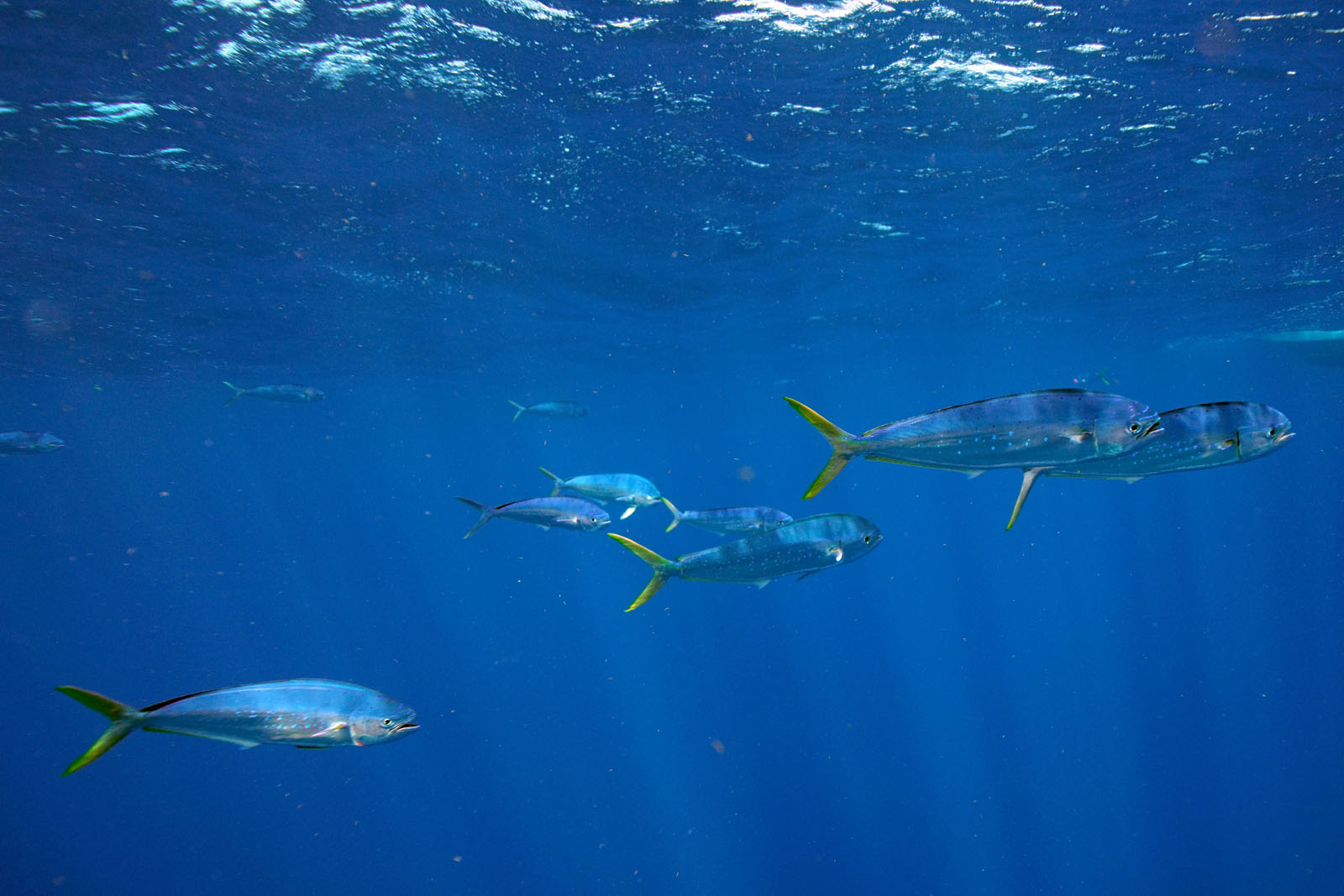- No products in the cart.
Cart
Total:$0.00


Every dolphinfish tag deployment and reported recapture adds another data point and observation about the occurrence and movement of this iconic species throughout our oceans. At the end of September, Captain Roy Canada reported a Killin Time II-tagged fish (tagged by Rich Benton) just north of Spanish Cay in the Bahamas. Captain Canada reported that the dolphin he was catching aboard MC2 were showing back up despite cooling water temperatures. A few days later, angler Timothy Ward, while fishing aboard Semana Fishing Charters, recaptured a fish tagged by Captain Charlene Brown and angler Eddie Maybury aboard Keeper. A week later, another recovery occurred aboard Good Hit Sportfishing, but this time it was reported by angler Jeff Jerzy while fishing only seven miles north of Tim Ward off Ft. Lauderdale. Jerzy’s fish was tagged by angler Michelle Curtis off Big Pine Key while fishing aboard Killin’ Time II on June 15th, 2020, the day before Captain Brown tagged and released their fish off Marathon, Florida, that was recovered by Ward. The common thread that links these recovery events together is that their tag, recovery, and growth attributes are similar to 18 other documented examples of what the Dolphinfish Research Program (DRP) has come to describe as Florida’s semi-annual fall dolphin migration. Each of these recent dolphin recoveries (yellow stars in the image left) ranged from 107 to 115 days at large. In addition, each fish was tagged and released between June 12th and June 16th off the Lower Keys. Most importantly, each recovery further highlights the value of releasing small fish in early summer that can return through Florida’s waters in just over three months during fall after packing on six to ten additional pounds! This is what we are referring to as Florida’s semi-annual fall dolphin migration – the re-appearance of the same dolphin in Florida state waters after 3 to 5 months at liberty. While there are numerous scenarios in which these fish may have moved between tag and recovery sites,
surface drifters (colored paths in image above) provide routes that can be realistically compared until more recoveries and/or dozens of geolocation tracks are acquired. For example, after downloading all of the drifters active from mid-June until October, the time at which the fish being discussed were at liberty, the drifter that was deployed north of Cuba (ID 4101630) moved northeast, only to meander around Cay Sal Bank for a few days, before taking a quick northerly path until the vicinity of the Charleston Bump, where it moved northeast toward the Outer Banks only to meander south toward the Abacos in the Bahamas. The total time between deployment and beaching on the Abacos was 45 days, which was more than two times faster than the movements being discussed. However, the path taken by 4101630 shows particular locations where dolphin can meander or be drawn to move given the overall drift of floating objects (and bait). We have observed several fish over the past few years meander off the Lower Keys (tagged by Killin’ Time II and the Scouts at Summerland Key) where fish moved west toward Key West or were recovered within the Keys up to 19 days after being tagged and released in June (click here for that report). Add to that, observations of movements into the Northwest Providence Channel as well as surface drifter paths that show clear recirculation patterns to the northeastern Bahamian escarpment (Antilles Current), and we think these observations as well as the previous 18 similar recoveries indicate that dolphin can depart Florida’s waters in early to mid-summer only to return within three to five months during fall after moving through some portion of the Bahamas. The average growth and days at large for the 21 examples that have led to the description of this movement type is 14.4” and 126.5 days, respectively.
